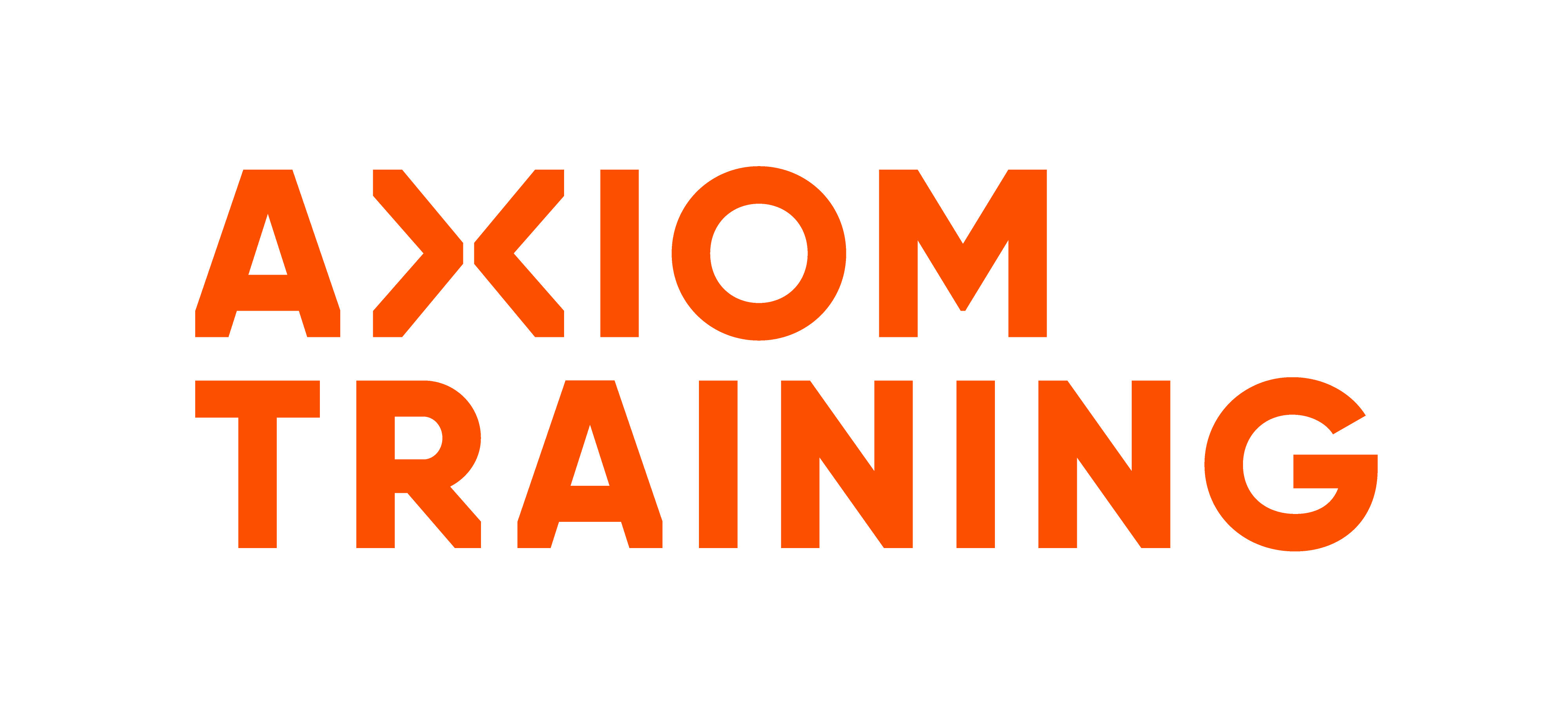White Paper: Ensuring safety from the ground up
Weave worker safety into your entire operation
The recent conviction of a Tauranga director and his company for health and safety failings should serve as a stark warning to organisations not taking their workplace safety seriously.
Earlier this month Kimberley Tool and Design (NZ) Ltd was fined $120,000 for a 2018 incident which saw a worker lose the ends of two fingers after they were crushed in a metal press. Prosecuted under the Health and Safety at Work Act 2015, the organisation was also ordered to pay $30,000 in reparations, and the company director was fined $35,000. Incredibly, this was Kimberley Tool and Design’s third conviction for incidents involving presses.
According to Nick Matzopoulos, National Trainer Director at Safety ‘n Action, the sentencing highlights the need for PCBU’s (Person Conducting a Business or Undertaking) to ensure safety from the ground up within their organisations.
“PCBU’s need to have workplace and worker safety woven into their entire operation – it needs to start during staff inductions and go all the way up the chain to Board visibility of workplace hazards and safety initiatives including worker training,” he says.
In the case of this particular prosecution, WorkSafe uncovered a string a failings. The press wasn’t properly guarded, it didn’t have an emergency stop button and it had a history of not operating properly. Not only that but the victim hadn’t been properly trained in its use, induction and staff training was below par, and the company was also non-complaint with three WorkSafe Improvement Notices.
With track records like this, it’s not surprising that New Zealand’s workplace health and safety performance leaves much to be desired. Each week, one to two New Zealanders are killed while at work, and many more are injured. The impacts have far-reaching consequences for victims and their families, and the businesses themselves. On top of all that, these incidents cost the country around $3.5 billion or more every year.
“It’s vital that we raise awareness about the importance of workplace health and safety and educate directors about their roles and responsibilities – after all, under the Act, they have ultimate responsibility for the health and safety of their business,” explains Nick.
“As New Zealand’s leading health and safety training provider, our team is dedicated to helping organisations and individuals manage their health and safety responsibilities, and inspiring positive change within Kiwi workplaces.”
So what exactly do PCBU’s need to do to ensure they’re complying with the Act, and looking out for their workers? Nick says Safety ‘n Action’s Health and Safety Check is a great place to start. https://www.safetynaction.co.nz/en/our-courses/course-catalogue/health-and-safety-check/
“We come into your workplace and conduct a full health and safety check to see how you measure against legislation and regulations. We’ll also identify any gaps or risks in your plan or execution.”
The two-hour check could save employers – and employees - a ton of pain further down the track.
It’s the role of directors to be informed and set the direction for health and safety management and performance within their organisations – and it’s worth noting that directors and other officers can be personally liable for breaching their due diligence duty. A serious breach could cost them over $600,000 or up to five years in prison. According to the Health and Safety Guide: Good Governance for Directors, ‘good health and safety governance is about having a demonstrable plan and a pro-active approach to making the workplace as safe as it can be’. Compiled by WorkSafe and The Institute of Directors in NZ (IoD), the guide outlines the due diligence duty that directors have under the Health and Safety at Work Act 2015. Essentially, it summarises the expectations, obligations and requirements of those at the helm of Kiwi businesses, and is vital reading for all company directors.
The guide states that those at the top need to:
- Understand the risk profile of business operations
- Put the right systems, processes and controls in place
- Implement a system to ascertain whether the controls are working
- Ensure proper resourcing and verification of health and safety at the Board table
But, as WorkSafe Former New Zealand Chief Executive Gordon MacDonald explains, there’s even more to it than that: “These are essential but not sufficient for exercising really effective health and safety leadership. In addition, leaders need to demonstrate to their staff and to their suppliers, customers and contractors that they mean it. This takes health and safety off the page of process and systems, and into the area of behaviour summarised in the old cliche, ‘walking the talk’.”
Engagement with workers is a vital step in the process – after all they’re the ones at the coalface and often know better than anyone the risks and controls required. Worker engagement starts from their time of induction, and needs to continue throughout their time with the organisation. Encourage workers to contribute to continuous improvement through open pathways of communication and ensure they have regular opportunities for ongoing development and training. Get that right, and good things happen – not just in regard to health and safety, but in all areas, from reduced worker absence and turnover, to higher levels of production and reduced business costs.
When it comes to health and safety, there is no substitute for leadership. Those at the top have the power to make or break their workplace culture. By having a clear understanding of duties and responsibilities, directors and their Boards can not only fulfil their obligations, but empower their businesses and workers to thrive.
Safety ’n Action offers a four-hour Health and Safety Board & Management Seminar that guides Boards and management teams through the process, effectively supporting business to be health and safety compliant. Find out more here: https://www.safetynaction.co.nz/en/our-courses/course-catalogue/health-and-safety-board-management-seminar/
By fostering a strong health and safety culture from one end of the supply chain to the other, New Zealand businesses can continue doing what they do best, while also ensuring their workplaces are healthy and safe places to be.
View training solutions
-
Health and Safety Board & Management Seminar
Gain clarity and an in-depth understanding of the duties and responsibilities of the Board and Management teams in relation to the Health and Safety at Work Act
-
Hazard & Risk Management
Effective hazard and risk management reduces the chance of harm occurring, resulting in a safer and more productive workplace for you and your team. Unit standards covered: 30265 and 497
-
Health and Safety Check
Take the first step to ensure your business is Health and Safety compliant with our comprehensive Health and Safety Check




